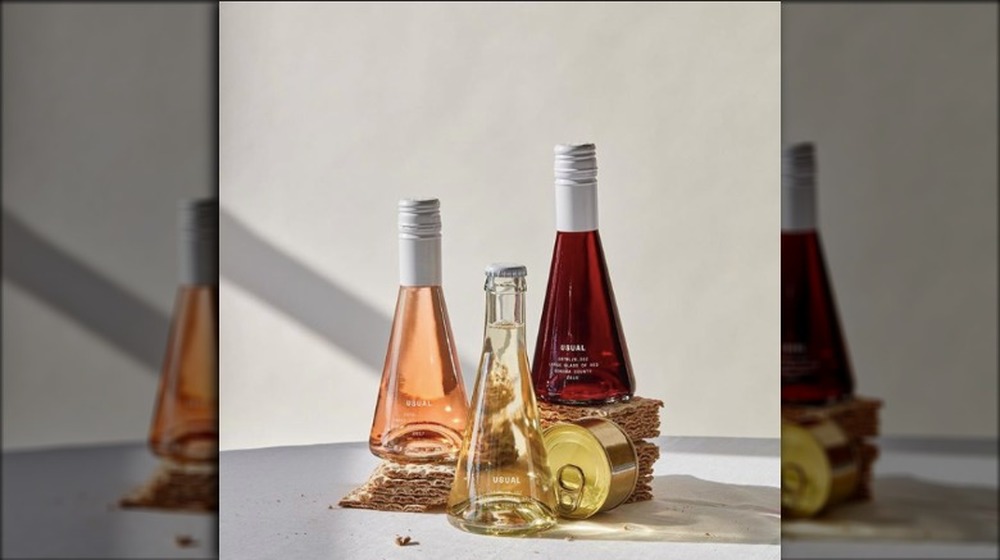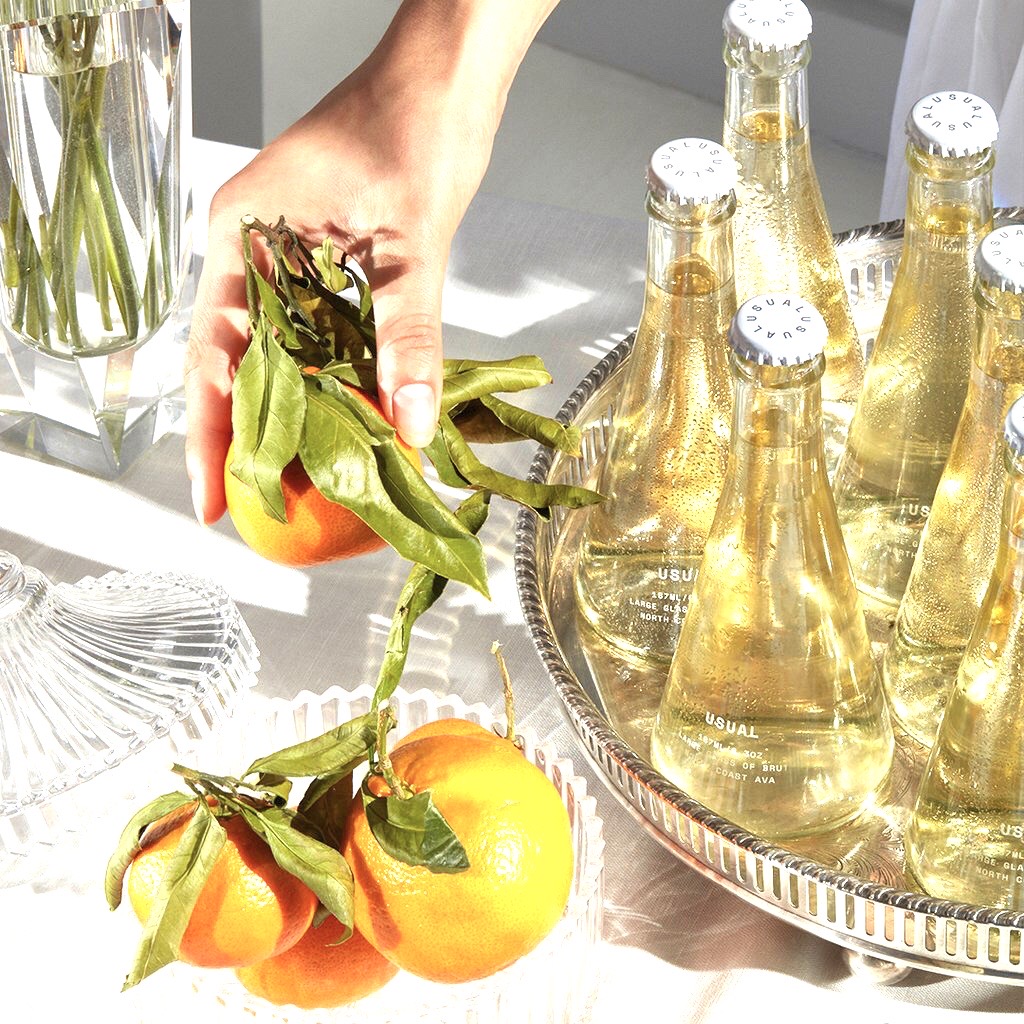
#Usual wines plus


Finally, there’s probably no food and wine pairing more esteemed than that of good, ripe Stilton with vintage Port. For baked-apple desserts like tarte Tatin, try a late-harvest Riesling. One classic combination is the luxurious pairing of Sauternes with foie gras. However, a few classic sweet-wine/food matches endure. A couple of good, sweet bangs-for-the-buck are Peter Lehmann Botrytis Semillon ($16.99) and Elderton Botrytis Semillon ($19.99), from Australia.Īs I mentioned, most of these wines are enjoyed better when by themselves than when they’re paired with foods. I’m thinking of wines like Bonny Doon’s delicious Framboise, Far Niente Dolce, Icewines, Hungarian Tokay and the like. Though the fancy stuff gets most of the press, only about 2 percent of the total production of Port is represented by vintage bottlings.įinally, there are a number of sweet wines than don’t fit neatly into any of the common categories. Since Port is fortified with alcohol, it’s sweet but also high in alcohol compared to other sweet wines, which tend to be fairly low in alcohol. Port ranges in style from inexpensive, youthful Ruby Ports to wallet-busting, complex vintage Ports that must be well-aged before drinking. And, though this classic fortified wine comes from Portugal’s Douro River Valley, many countries-especially Australia-are now producing respectable Ports, too. Probably the most common and familiar sweet wine is Port. Obviously, this is a labor-intense process, and one that adds to the often astronomical price of great dessert wines like Chateau d’Yquem Sauternes. The grapes are extremely delicate and must be picked by hand, one-by-one, as they ripen. When a fungus called Botrytis cinerea-commonly known as noble rot-attacks grapes late in the fall, it causes them to concentrate acid, sugar and glycerin into a sweet, nutty, syrupy nectar. However, rot is also the secret behind some of the world’s great sweet wines like French Sauternes. Hungry animals, rot and frosty temperatures are all potential enemies of late-harvest grapes. Grapes for these wines are left to ripen on the vine well after the regular grape harvest, thus intensifying and accruing sweetness. Late-harvest Gewurztraminers and Rieslings are aptly named since their sweetness derives from grapes that are harvested late in their short lives. Probably the most common-and least expensive-sweet wines are called late-harvest wines. For that reason, I usually prefer to sip sweet wines solo, after the meal has ended.

And, the best sweet wines aren’t cloying, but refreshing.

But, a well-made sweet wine beautifully balances sugar and acidity in a tasty tongue-pleasing tango. Hence, sweet wines don’t usually taste very sweet next to sweet foods-one reason Champagne and wedding cake is usually a lousy pairing. Desserts have a tendency to throw sweet wines out of balance, bringing out their acidity rather than their sweetness. That is, they are more appropriate as dessert than with dessert. They are typically much better sipped by themselves. These and other “sweet” wines tend to be lumped together under the broad category of dessert wines-but that’s something of a misnomer.įor starters, intensely sweet wines are not usually very good with desserts. Most of the wine lovers and collectors I know have a tiny corner of their cellars devoted to sweet and fortified wines like Sauternes and Port.


 0 kommentar(er)
0 kommentar(er)
